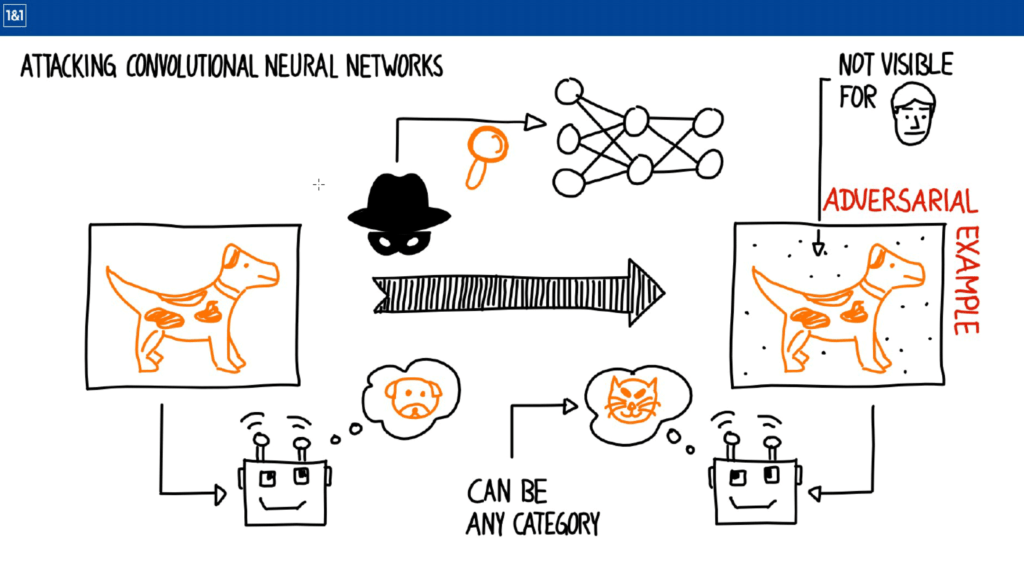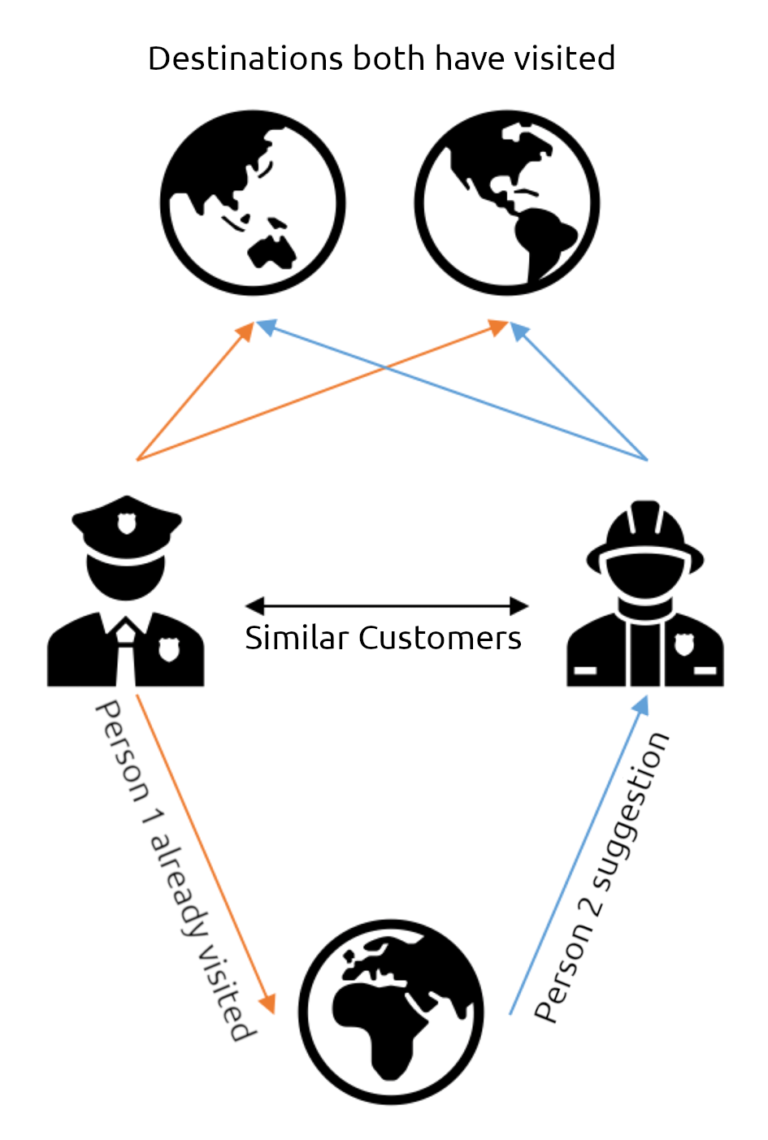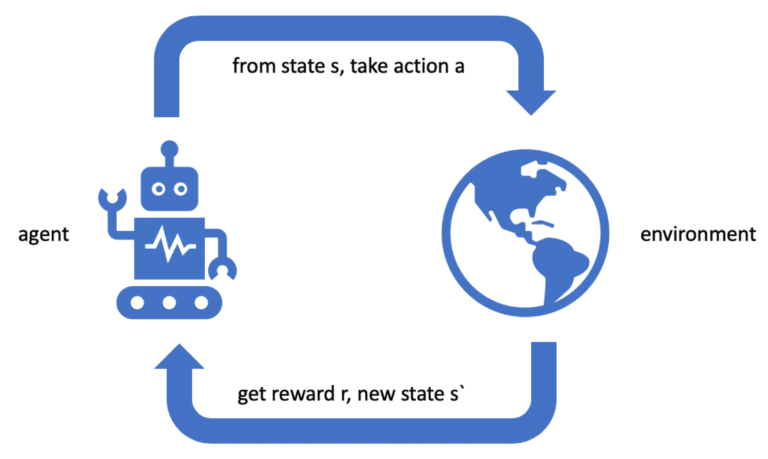Artificial intelligence can already support us today
From May 14th till the 16th we were guests at the “Minds Mastering Machines” (M3) conference in Mannheim and informed ourselves about the latest trends in the field of artificial intelligence and machine learning. We present the most interesting topics and talks here.
Concepts & Ideas
What exactly is dark data?
The conference was opened with a keynote on the topic of Dark Data. The term is derived from “Dark Matter”. It is characterized by the fact that it is not visible or measurable, but nevertheless has an influence on our universe. And indeed, there are also data with influence on different decisions which are ignored in the analysis (Dark Data 1.0).
Then there are data which are unintentionally published by a company (Dark Data 2.0). A company might not want to publish how many trucks arrive per day. But doesn’t it publish this information via a serial number on a terminal? After all, Dark Data 3.0 is information that is missing and therefore generates attention.

How safe is machine learning?
Everyone is currently talking about the safety and explainability of AI models. Especially with regard to self-driving cars, people are always asking whether the models are safe and, above all, why they make some decisions.
Therefore we have also listened to several talks on this topic. It became apparent that image recognition systems in particular can be tricked and should be embedded in control systems wherever possible. The topic of explainability is still very difficult, especially with regards to neural networks, but there are some approaches.

AI and the law
In several talks exciting questions concerning the use of automated systems were pointed out.
Can an autonomous system conclude a contract and what is the limit?
An example: a person books an additional ticket for another person who is “still unknown”. This booking of the ticket is accepted by the system. Here the question arises whether the card is actually valid, although the company stipulates in the General Terms and Conditions that the names of the persons cannot be changed. No? What if it is stated on the website that the booking will be checked by an AI system before confirmation?
Who is liable for an autonomous system?
Many different companies and their experts may be involved in the development. If this system should now make a mistake. Who is liable? This question is currently being asked very often due to accidents of autonomous cars. A lively exchange between lawyers and AI experts is taking place here, for example.
And what about data protection?
Due to the GDPR this topic is more current than ever. Even if a company deletes all personal data of a customer. How do you deal with a model that depicts this data of all customers very accurately? To whom does such a model belong to?
Practical Application - How AI can support quality control
In many industries a lot of attention is paid to quality control. Experts inspect workpieces with painstaking attention to detail in search of defects. Here, image recognition can help and make suggestions as to which areas are likely to be faulty. Noises when pressing metal can also give an indication of whether the process was successful. This is where the cooperation between man and machine is important.
Here an example: Locate the error – Within the scope of quality assurance, ultrasonic cameras can be used, and deviations can be colored red. Due to the huge amount of data, it makes sense to be supported by neural networks in quality control.
Making the right proposals
Everybody knows the phrase “other customers also bought” in online shops. What is used here are recommender systems. They are used to make suitable suggestions to a customer to add more items to his shopping cart.
This principle can be extended to other areas. For invoicing, picking or any other area where we are dealing with items. Here we analyze which items frequently occur together and make suggestions to the employee accordingly.

Support decision making through empowered learning
In many companies there are control rooms where a lot of things come together and decisions are made quickly.
For example: A loading ramp has just become available. Now the question arises whether it makes sense to prefer a truck so that processing in the warehouse is faster or do we stick to First-In-First-Out?
Such decisions are made hundreds of times a day. With Reinforcement Learning, so-called agents can be trained to make these decisions. In a simulated environment they basically train with the trial & error principle without training data. They only receive a reward or punishment – depending on how good the decisions were. As soon as a “learned event” occurs, such an agent can give a recommendation to the employees in the control center.

Word calculation
Text analysis (text mining) is still one of the most popular disciplines in the field of AI. For example, do you want to forward a support request directly to the right person?
Then it makes sense to calculate the similarity of the request to already known requests. Topic Modeling, for example, helps here. In this way a request is automatically assigned to a topic.
Developments in the area of Transfer Learning are also very up-to-date. This means that pre-trained neural networks are reused for new tasks. This is where it gets exciting, for example, when creating systems that answer questions. If you feed a pre-trained network with your own documents (e.g. Wiki articles or documentation), you can then ask questions about the content of these documents. The results in this area are really impressive.
What does machine learning have to do with recipes?
Since the development of various AI frameworks started about 5 years ago, the tools for developers and data scientists are constantly improving. One aspect has unfortunately been somewhat neglected:
The classic topics of software development – robustness, reproducibility and versioning.
In the meantime, there are tools for AI experts to better structure and reproduce their experiments, for example:
- DVS
- Sacred
- MLFlow
Just as a cook would like to reproduce a successful recipe when cooking it, a data scientist always wants the same result when conducting an experiment.
Also, in the area of DevOps new possibilities have been created with Tensorflow Serving or GraphPipe to reliably deliver and version models in a docker container environment.
Machine learning in the leogistics lab
Once again we are delighted to be able to take so much of the M3 with us this year. We are looking forward to incorporating the information gained into the further development of our solutions as well as in the identification of new applications.
Unfortunately only a fraction of our knowledge fits into this blog article. So if you have questions or are interested in the topic AI or machine learning, please write us in the comments or contact us directly. Maybe there are processes in your company where these technologies are used.
If you have questions about this or other topics in the blog, please contact us at blog@leogistics.com.
Hendrik Hilleckes
Development Architect



